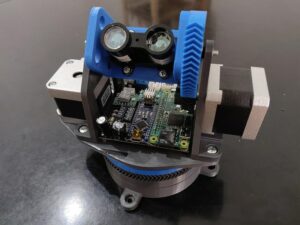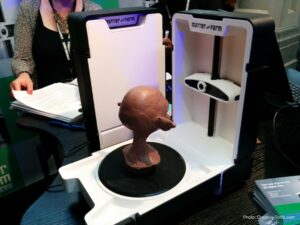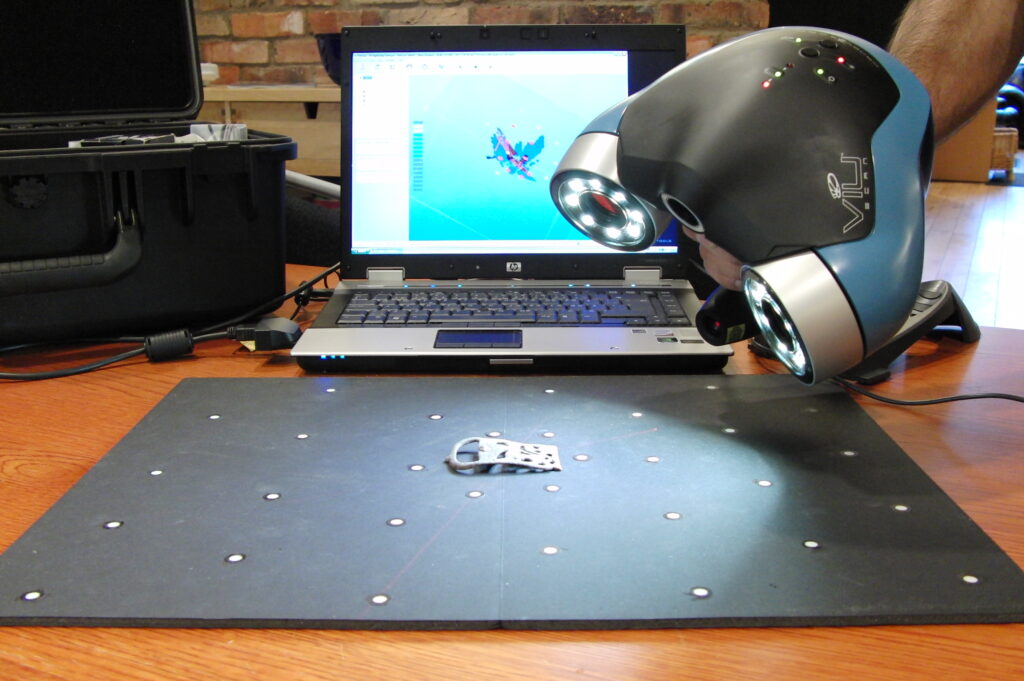3D scanning technology is revolutionizing industries from manufacturing to healthcare by capturing precise digital representations of physical objects. Whether it’s for quality control in factories or creating detailed medical models, 3D scanning offers unparalleled accuracy and efficiency. But with so many types available, choosing the right one can be overwhelming.
Different 3D scanning methods cater to various needs and applications. Laser scanners, structured light scanners, and photogrammetry each have unique strengths and limitations. Understanding these types helps in selecting the most suitable technology for specific projects, ensuring optimal results and cost-effectiveness.
Types of 3d Scanning

3D scanning involves capturing the geometry of physical objects to create digital 3D models. It utilizes various methods, tools, and technologies to achieve precise digital representations. The primary scanning techniques include laser scanning, structured light scanning, and photogrammetry.
Laser scanners, using laser beams, measure the distance between the scanner and object surfaces. They provide high accuracy and are ideal for industrial applications requiring detailed inspection, such as automotive manufacturing.Structured light scanners project light patterns onto objects and measure distortion. They are well-suited for capturing complex shapes and textures, making them a popular choice in healthcare for creating medical models.
Photogrammetry involves taking numerous photographs of an object from different angles and processing them into a 3D model. This method excels in applications needing color texture details, like cultural heritage preservation.Each technique has unique strengths and limitations, influencing the choice based on factors such as required precision and application context.
Photogrammetry

Photogrammetry creates 3D models using multiple photos taken from various angles. It’s highly effective for applications needing detailed color and texture.3D scanning technology continues to revolutionize various industries by providing precise digital representations of physical objects. With methods ranging from laser and structured light scanning to photogrammetry and contact scanning, each technique offers unique advantages tailored to specific applications.
Hybrid scanning technologies further enhance versatility and efficiency. As 3D scanning evolves, its impact on manufacturing, healthcare, cultural heritage, and entertainment will only grow, driving innovation and improving outcomes across these fields. Photogrammetry involves capturing multiple images of an object from different angles. Specialized software processes these images to identify common points. By triangulating these points, the software constructs a 3D model. Precision depends on image quality and the number of captured viewpoints. High-resolution cameras and controlled environments improve results.
Applications Of Photogrammetry
Photogrammetry excels in cultural heritage preservation, capturing detailed textures and colors of artifacts. Archaeologists and historians use this technique to create digital archives. In architecture, it’s employed to document buildings and structures, aiding in restoration projects. Film and gaming industries use photogrammetry to create lifelike environments. Additionally, it’s valuable in mining and agriculture for terrain mapping and crop analysis.
Hybrid Scanning Technologies

Hybrid scanning technologies combine multiple 3D scanning methods to leverage their strengths and minimize weaknesses, providing versatile solutions for various applications. Hybrid scanning offers several advantages over single-method scanning. It provides higher accuracy by combining the strengths of different techniques.
For example, integrating laser scanning and structured light scanning allows for capturing detailed geometries and accurate surface textures. Hybrid scanners also enhance flexibility, adapting to various environments and object types. They reduce scanning times by optimizing the process for different surfaces, leading to increased efficiency.
Common Uses Of Hybrid Scanners
Hybrid scanners find applications across multiple sectors. In manufacturing, they ensure the precision of components through detailed inspections and quality control. In healthcare, hybrid scanners create accurate models for surgical planning and custom prosthetics. The entertainment industry uses hybrid scanning to produce high-fidelity 3D models for special effects and animations. In cultural heritage preservation, hybrid scanners record detailed artifacts, helping create accurate digital replicas. The automotive industry uses them for design and inspection processes, ensuring components meet stringent tolerances.

